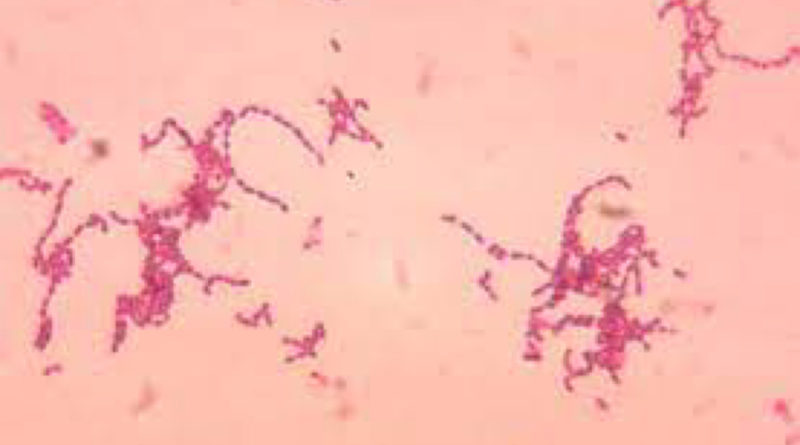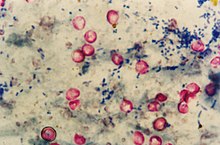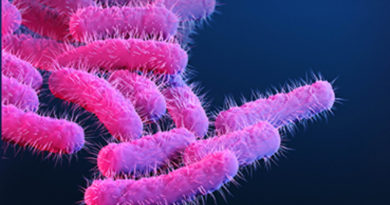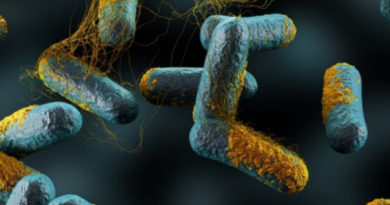Anaerobic Cocci – Introduction
Anaerobic cocci represent a heterogeneous collection of cocci. They can be divided into Gram positive and Gram negative groups.
On the bases of morphology, chain formation anaerobic Gram positive cocci had been classified into the genera Peptostreptococcus and Peptococcus. Chain forming and paired cocci placed in the former and cluster-forming cocci in latter.
Size of these cocci is small (0.2 – 2.5 micrometer). Many of them can be found as aerotolerant and grow well under 10% CO2 in an aerobic atmosphere.
They are normal inhabitants of the vagina, intestines and mouth. They may cause several clinical infections such as puerperal sepsis and other genital infections, wound infections, gangrenous appendicitis, urinary tract infections, osteomyelitis and abscesses in the brain, lungs and other internal organs.
Peptostreptococcus anaerobic is most often responsible for puerperal sepsis and Pst. Magnus for abscesses. All anaerobic cocci are generally sensitive to penicillin, chloramphenicol and metronidazole, and resistant to streptomycin and gentamicin.



